Abandoned Wiltshire: Roche Old Court Manor House | Urbex

Roche Old Court Manor house is Grade II listed and dates back to the fifteenth century. It is likely that the manor house was built to replace a medieval hall situated on the same site. The name Roche is from the surname of the 14th Century tenants on the land. There are many period features of the manor house including the kitchen and great hall. The tithe barn on site is also a scheduled monument and is therefore protected from unauthorised change.
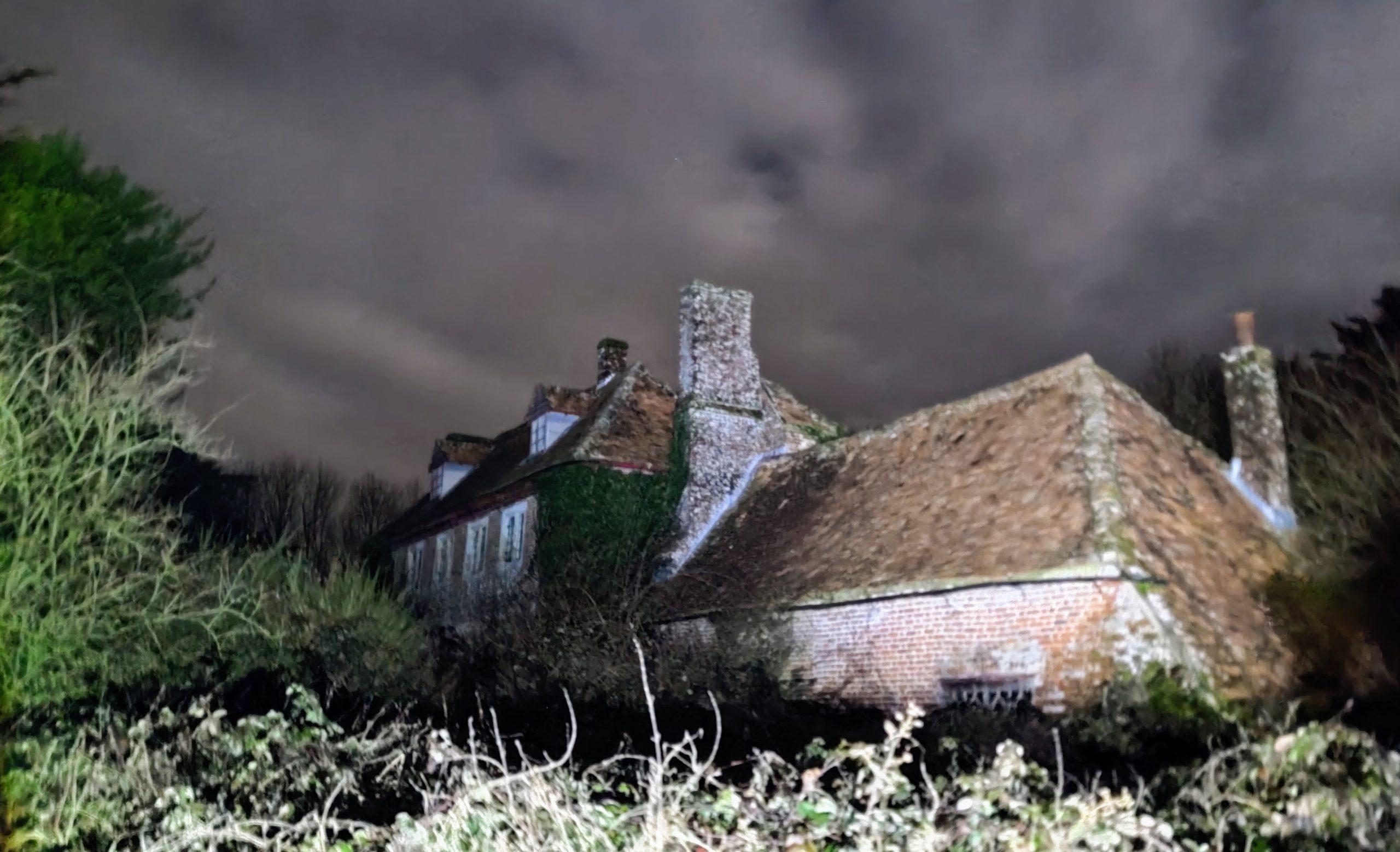



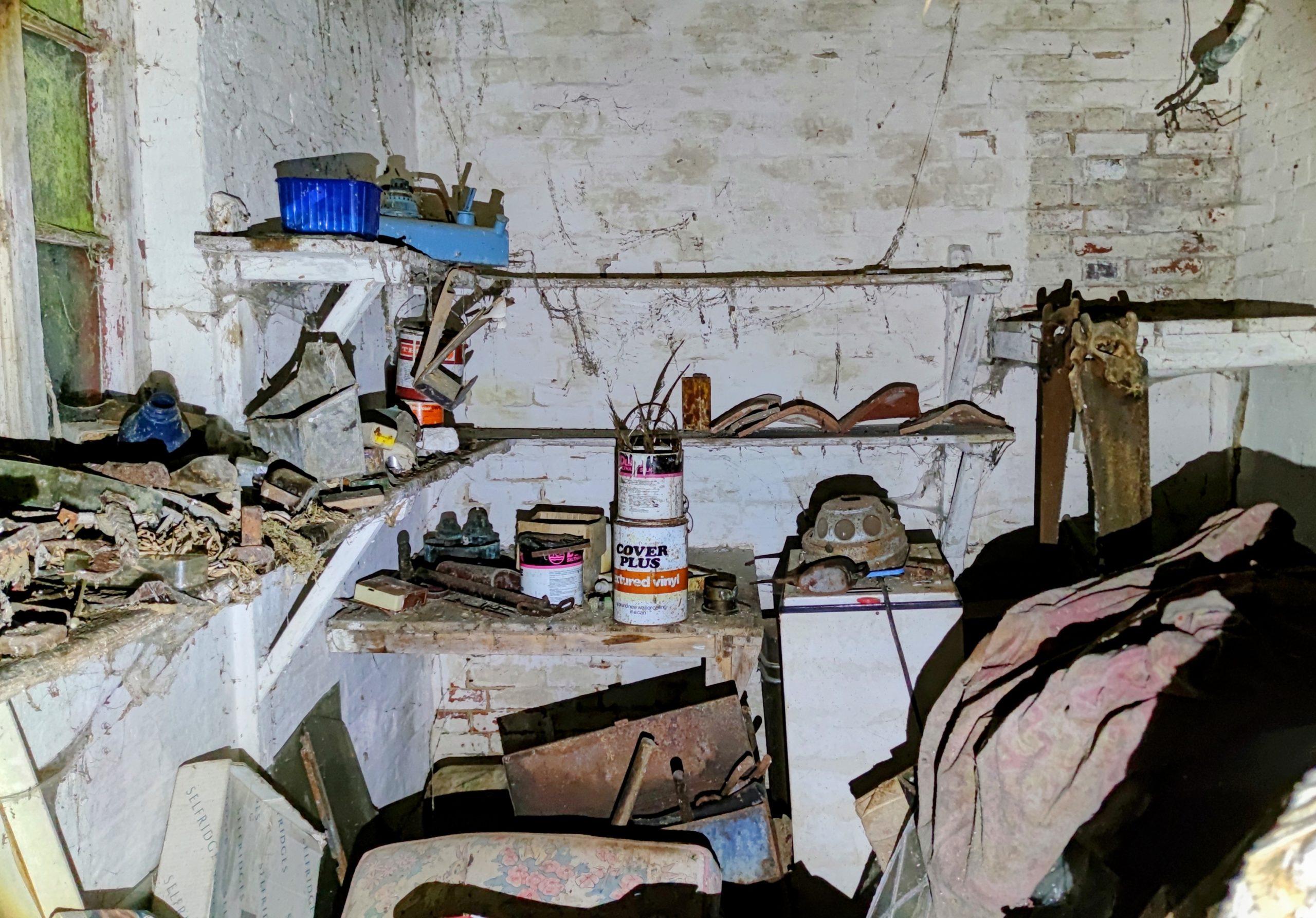
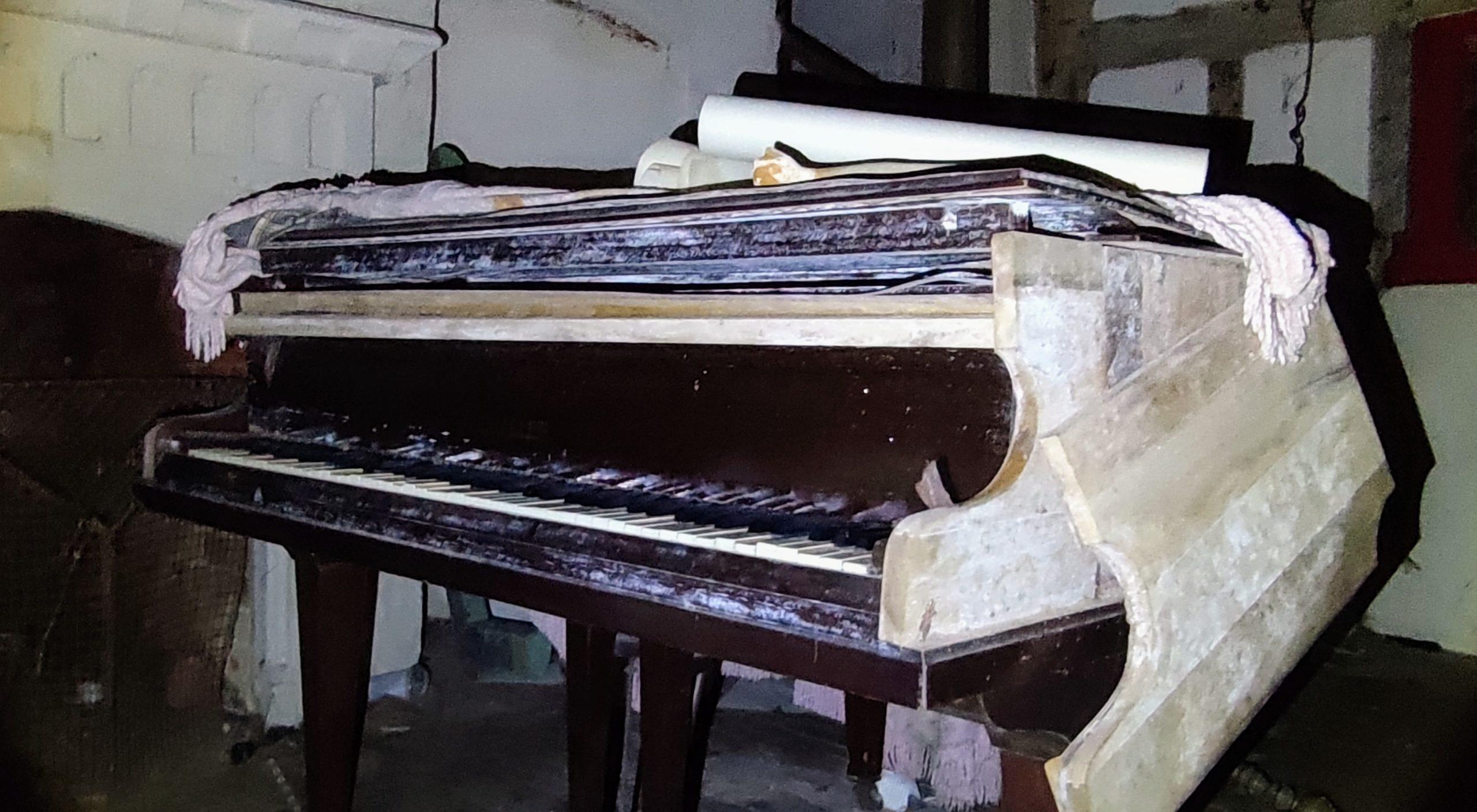
Before its recent auction, the manor house was last sold in 1933 to the Trevor-Cox family. Horace Trevor-Cox was a politician and before his death, aged 97 in 2005, he was the last survivor of the Chamberlain government. Trevor-Cox was elected into Parliament as a Conservative MP in 1935 and served through both World Wars. However, his parliamentary career ended in 1945 with Labour’s landslide victory. Trevor-Cox became disenchanted with theTory leadership and joined the Labour Party. However, he never regained public office and died 60 years and 117 days after leaving the House of Commons, giving him the accolade of the longest post-service lifespan of a former MP.
There is an impressive selection of brick and flint outbuildings, barns and dilapidated accommodation in an overgrown courtyard to the south of the main house. These buildings, including the old hall, have historic links to the Worsley family. The crest can be found dotted around the house and even depicted on a stained glass window. The Worsley baronets lived in these buildings and surrounding areas between 1680 and 1700.
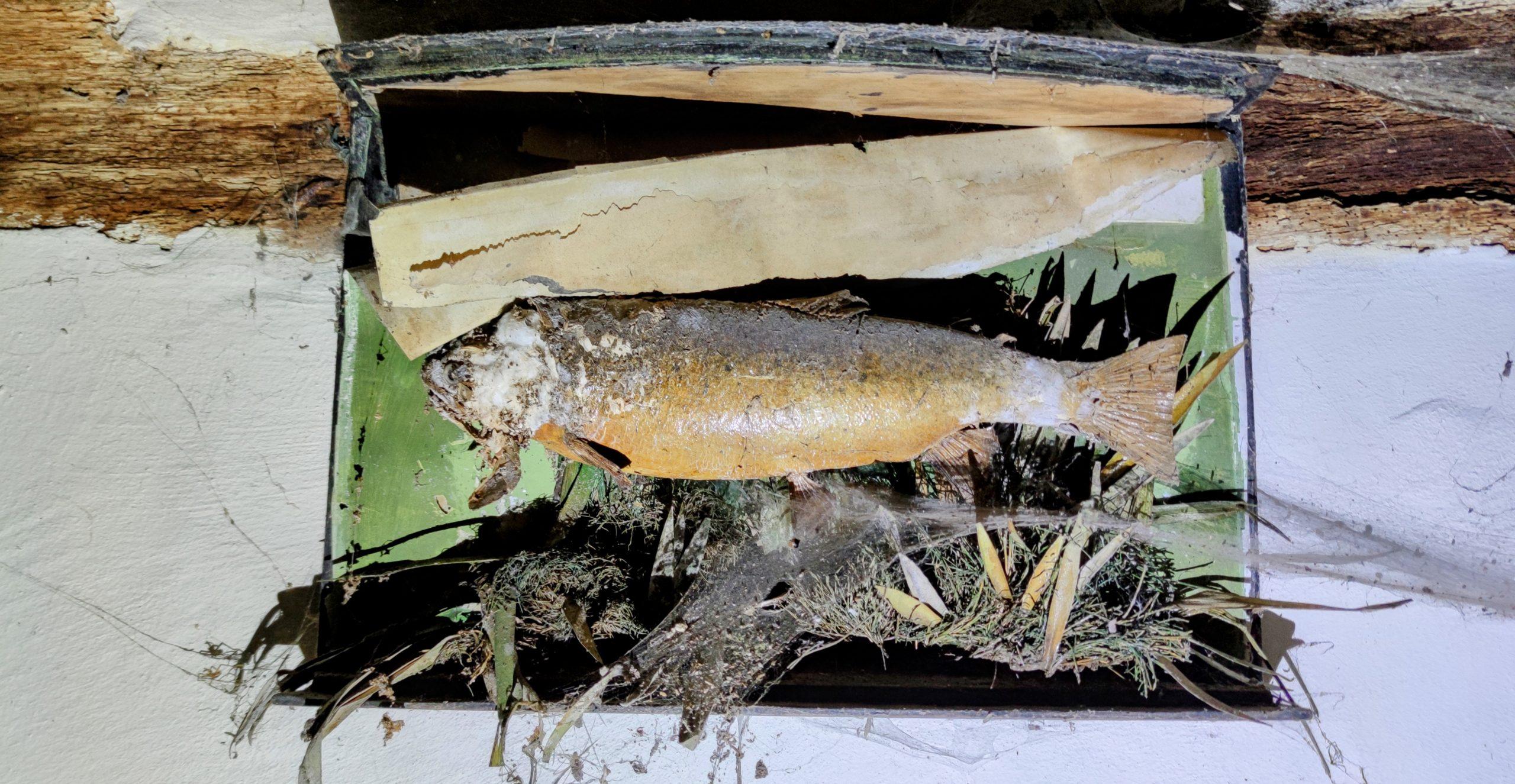


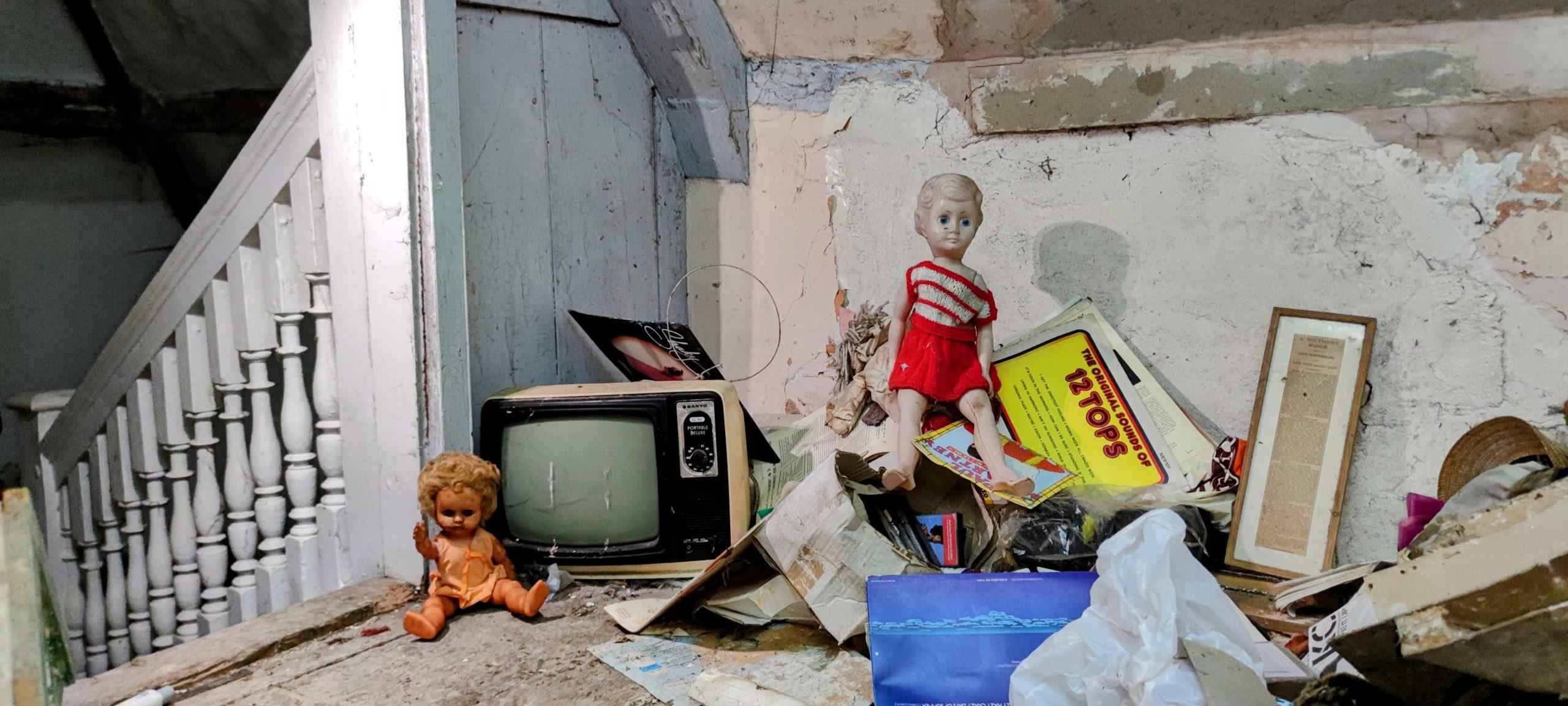
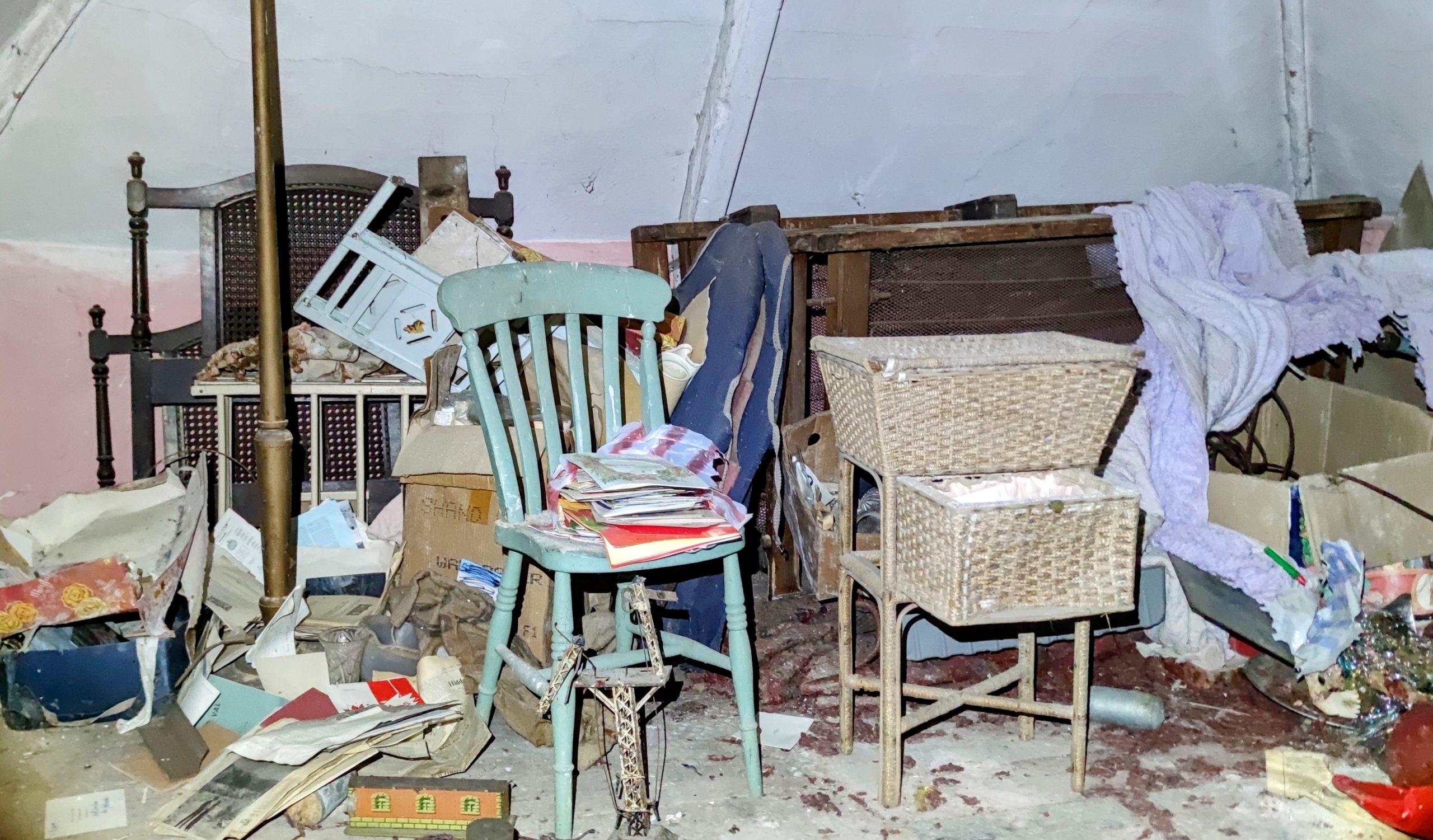

The property went up for auction on the 20th of January 2022. This was once in a lifetime opportunity to own a large historical estate. The buyer will be granted ownership of Roche Old Court, which includes the manorial title of Lord of the Manor of East Winterslow; a good fit for anyone purchasing the 10.61 acres of land and beautiful property.
With external viewings being held due to the poor internal structure, we found the trodden grounds easy to follow to gain access to the property. It was not hard to find a door to enter, with other entry points seeming quite accessible too. During the explore we found old planks leading to open windows, and many side doors that would have also been easy to access. It wasn’t until we had spent some time traipsing through sludgy thick mud in the fields to the side of the property we found the front gate sat wide open. It was chain-locked but had so much give that the lock seemed pointless (it’s always good to note those exit routes on your way through!)

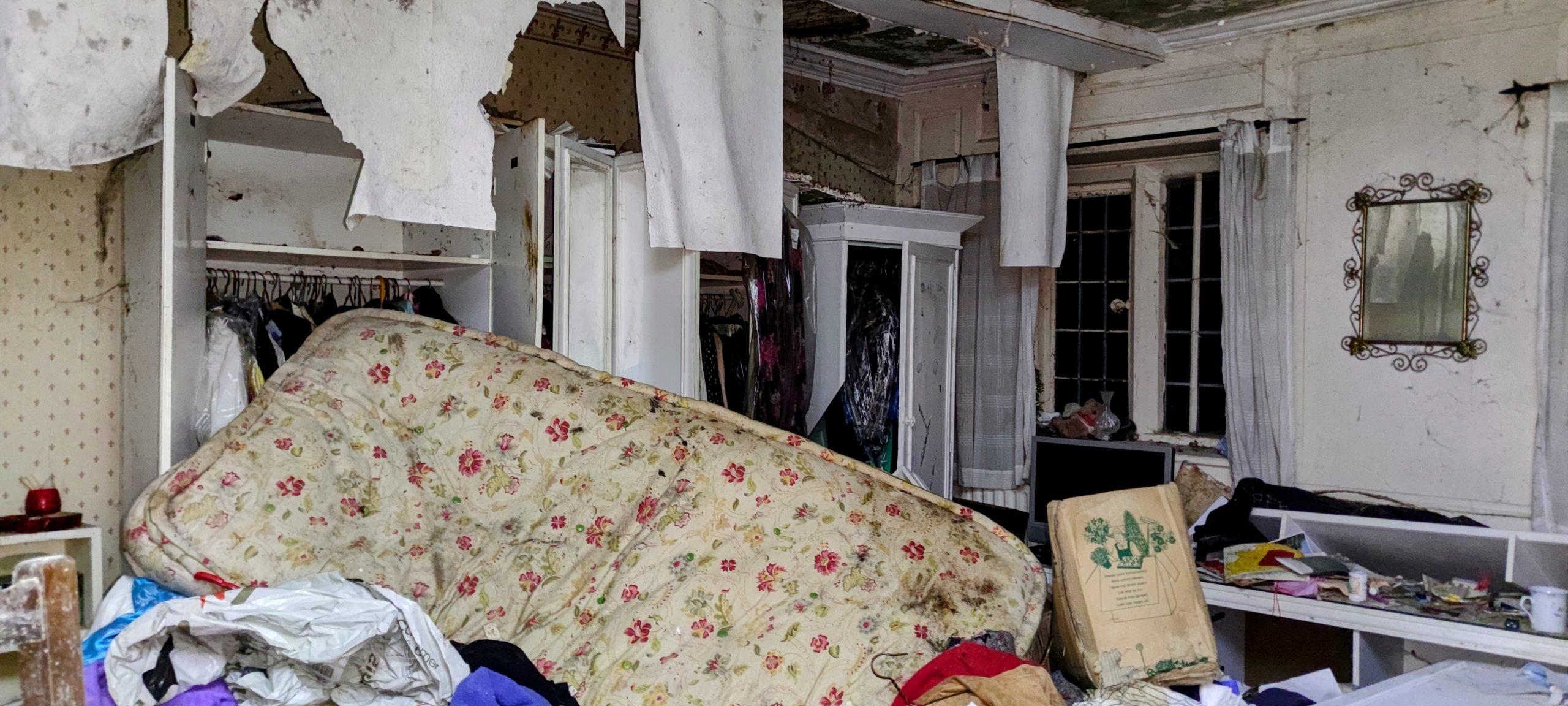

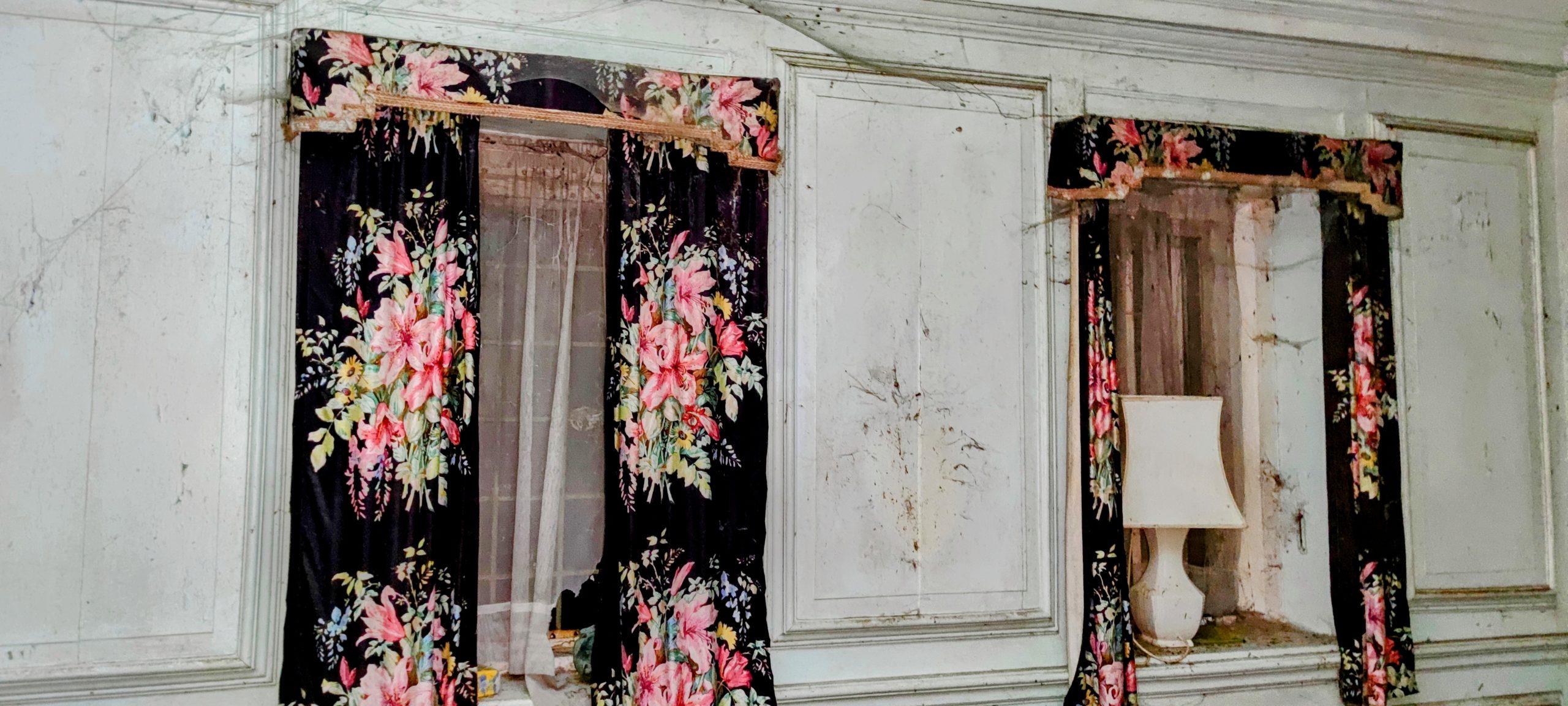


Once inside it seemed the world had stood still since at least the 1950s. The fashion, pictures, dated letters and cheques that date back before the 1960s give a small idea of the occupant’s lives. Obviously this property has been used and unfortunately abused by other explorers, and perhaps even squatters, with leftover pharmaceutical drug packets showing there has been recent movement between these walls. As we approached the kitchen we noted old bottles of liquor caked in dust and cobwebs, clearly untouched for a long while. The wardrobes, boxes and cupboards had been emptied and strewn across the floor, anything of any value taken, presumably by human magpies. But, this didn’t stop us from seeing a collection of old half pennies, a wonderfully constructed grandfather clock and £500 cheques dated to 1951.
The belongings in this property clearly gave a nod to the era of the last occupants. The floors, ceilings and staircases were more than a little hazardous. Every step felt soft and had to be taken with caution. From the ground floor ceilings you could clearly determine which rooms to avoid walking heavily on on the first floor.
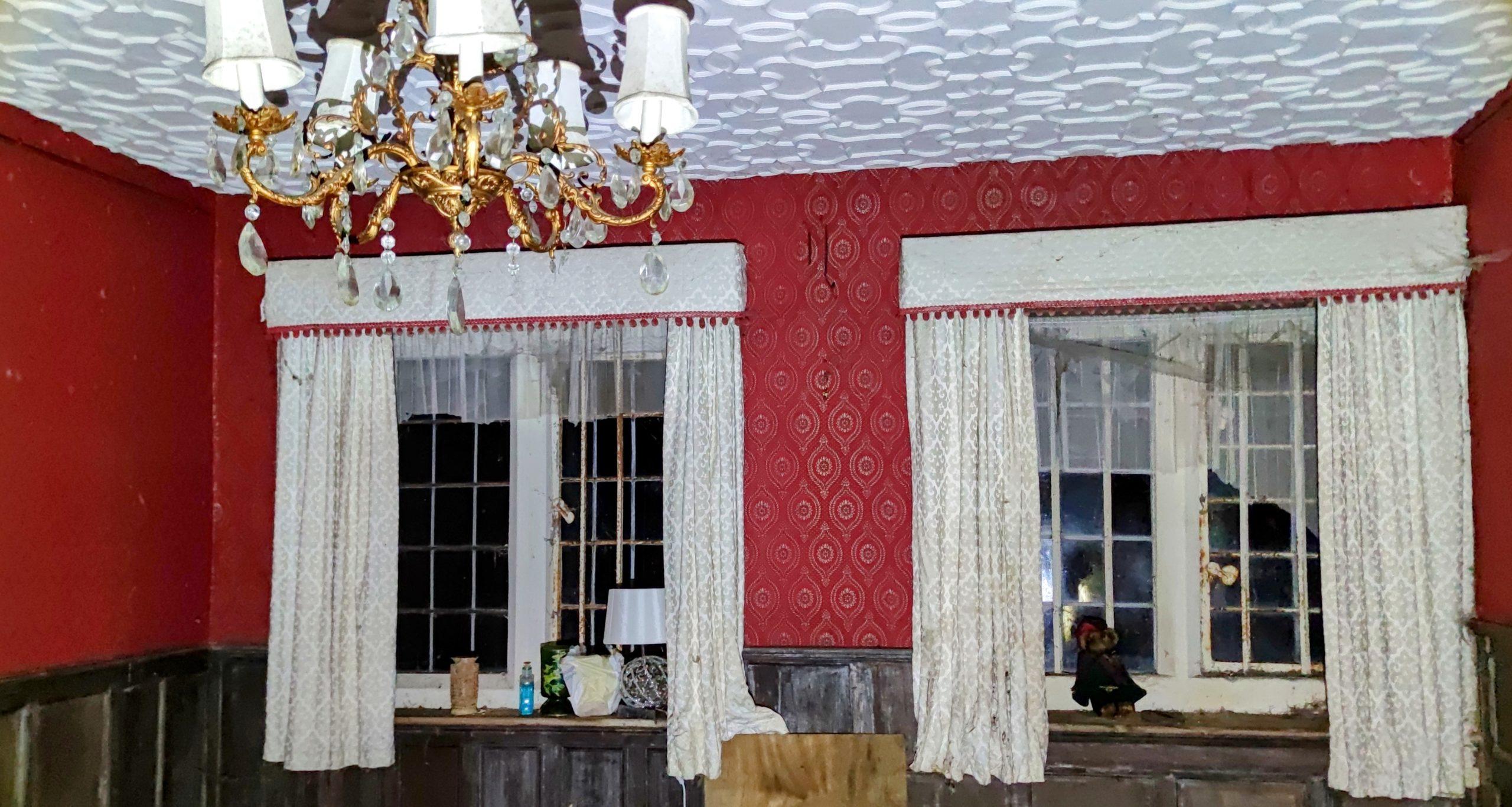

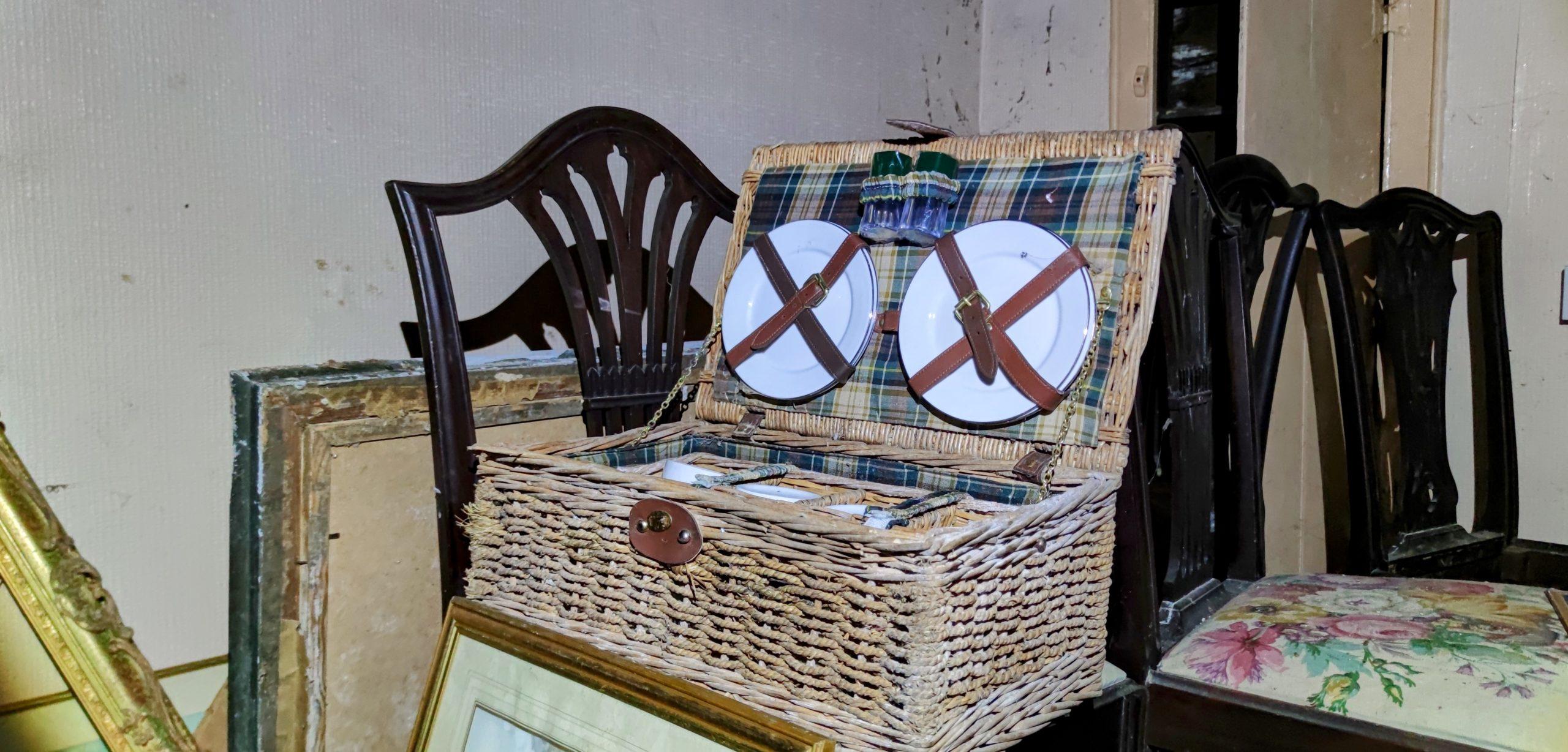

Entering the great hall was awe inspiring to say the least; the elevation of the roof, the gothic style windows and the well, situated just off-centre in the space, were phenomenal. The well is believed to be linked to a cesspit and it was very difficult to see the bottom. After sending a small piece of wood down, echoing and booming continued for at least 12 seconds until a splash was heard as the wood found the end, we’d rather that than us finding out any other way! Old taxidermy spotted on other explorer’s sites had been lost to five finger thieves.
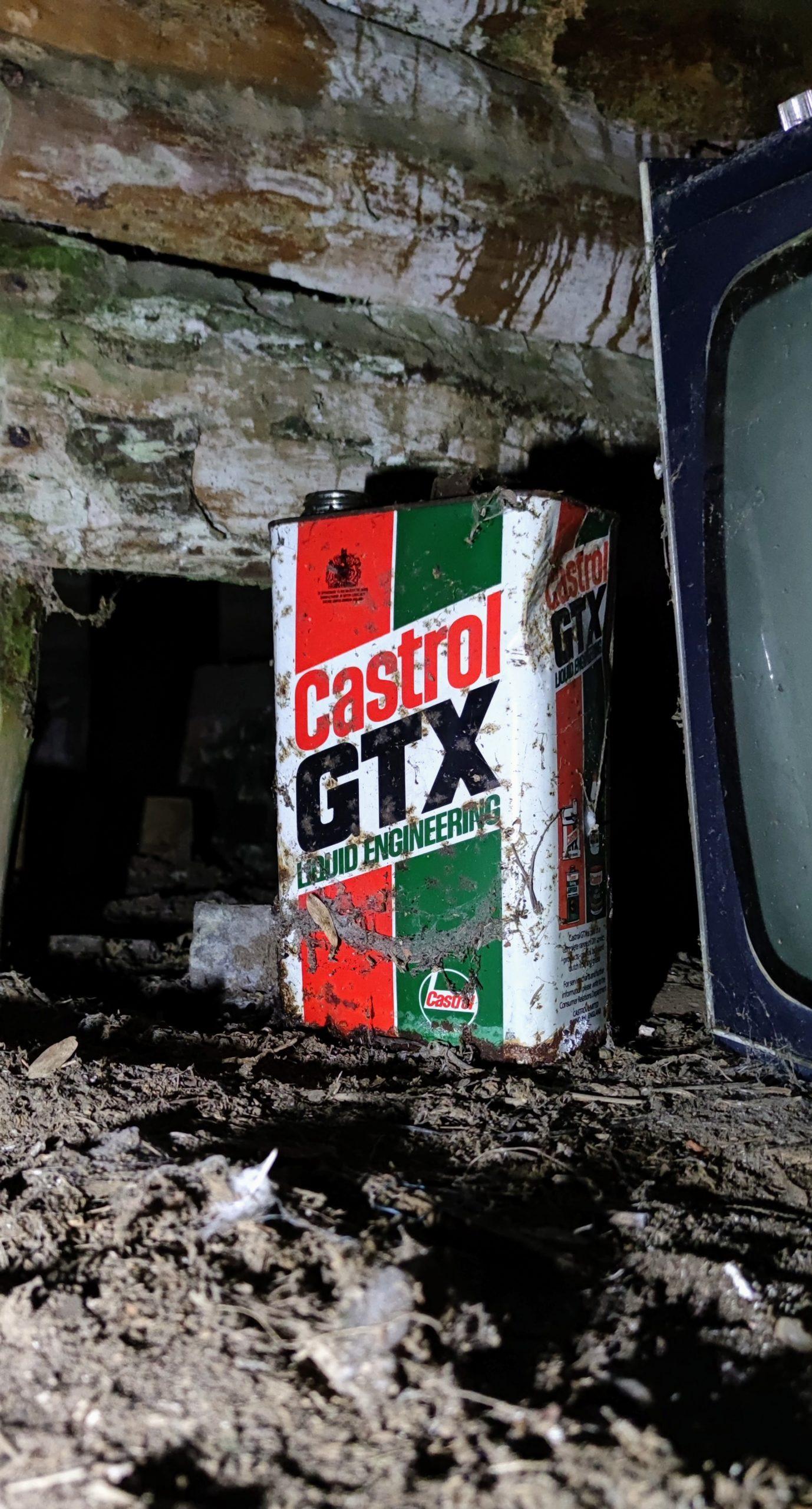
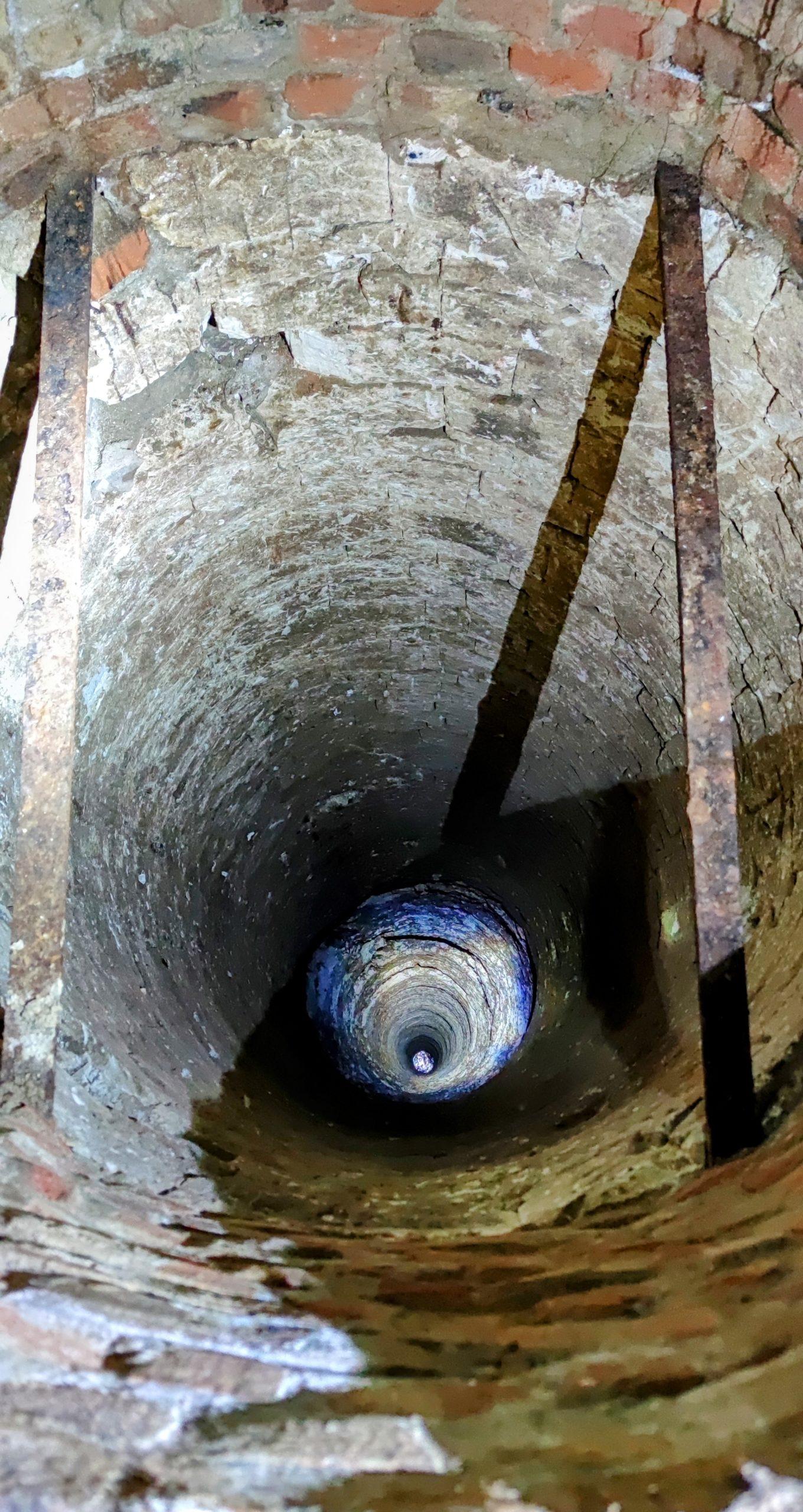

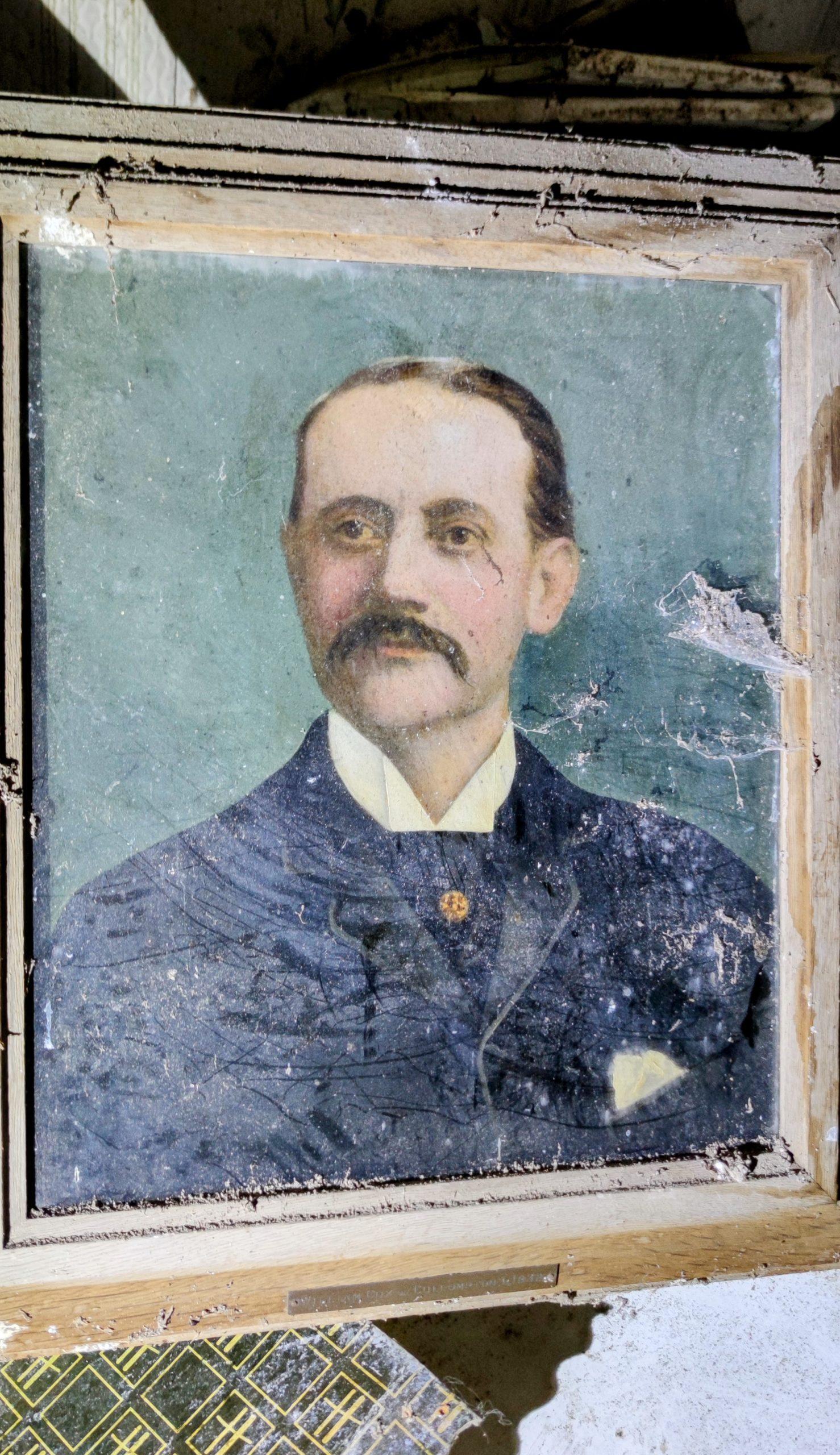
The great hall led us out to the surrounding buildings including barns, stables and out houses. Some oddities were seen there, including a TV from the 60s that was comfortably leant against a feeding trough. There was also an old-style quality street tin, not dated but definitely not the size we get in supermarkets today.
Though there was not much to these outer buildings, the structure and sheer amount of them was a site to see. You had to maze your way through, trying to locate the next part. Eventually this led us back to the trodden path between the overgrowth where we first started.
So after an hour and a half of trawling through this time capsule, and being wowed by documents, paintings, typewriters, record players and more, we left this property knowing we may well have been the last urban explorers to see it as a dilapidated periodic wonder! Just days after our visit the property sold for £1,552,000.

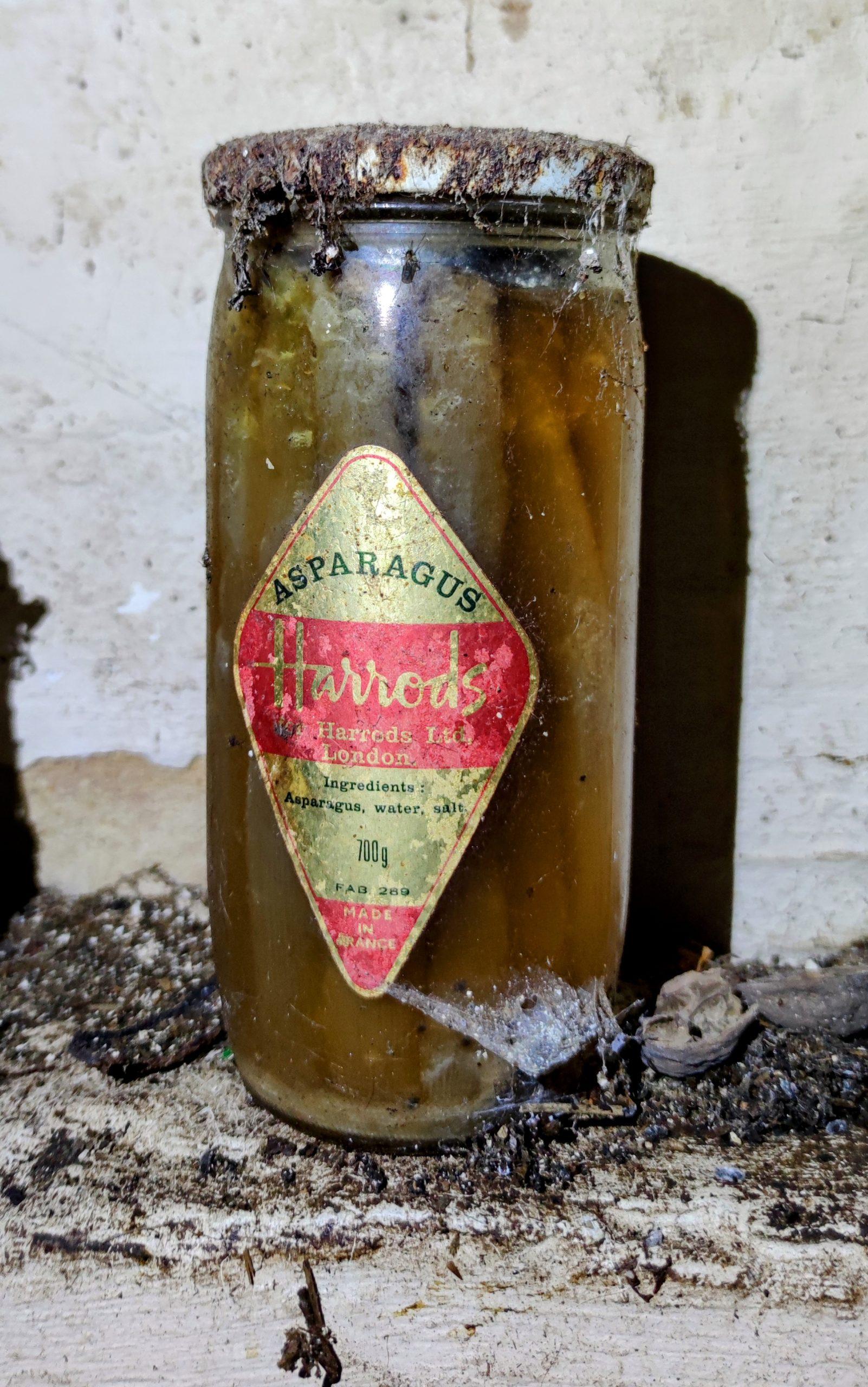

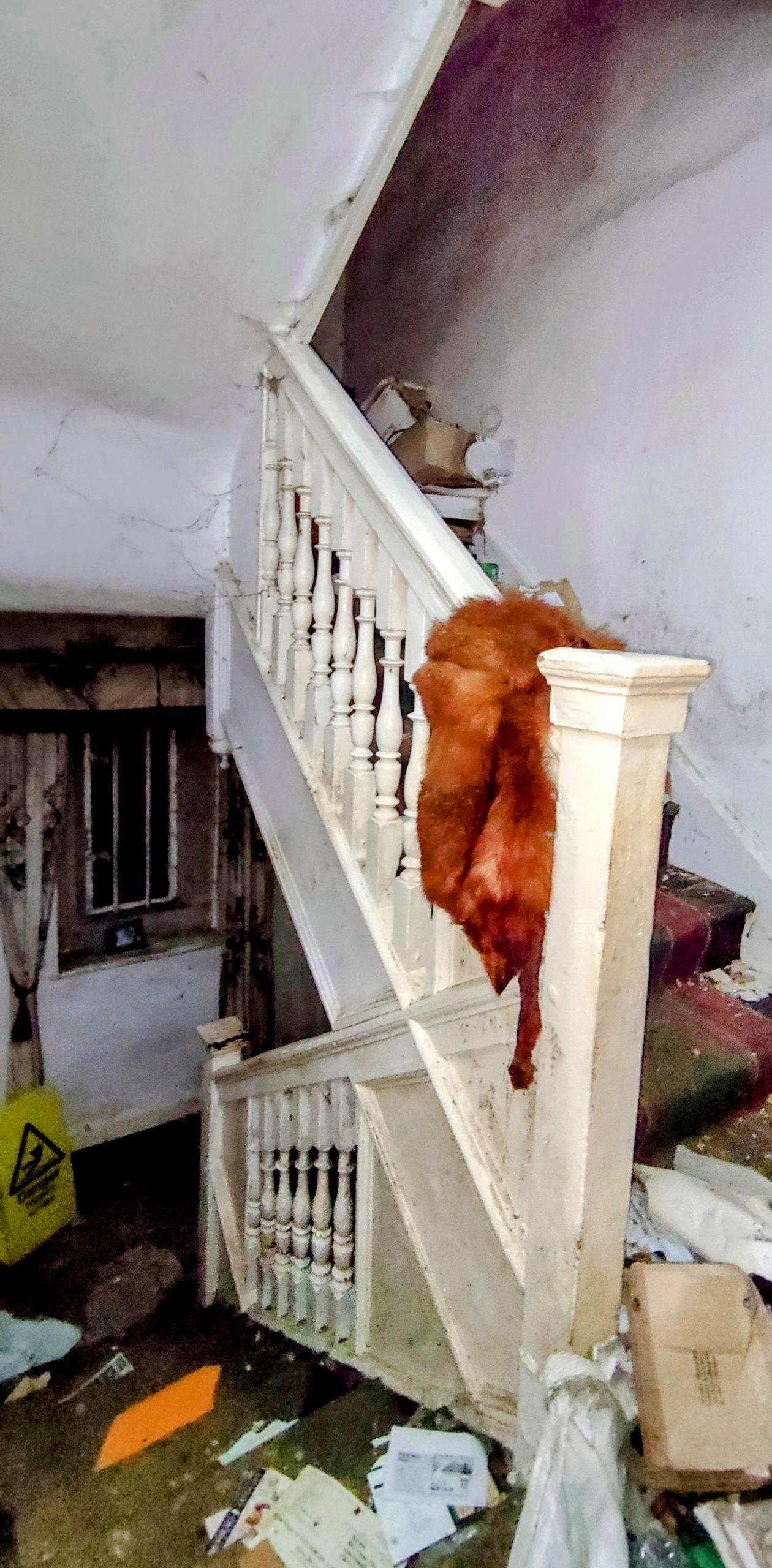
Last Updated on 19 December 2024 by Michael




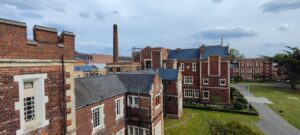
i visited this place 2 days ago to find it had been turned into a construction site 🙁 it was sold in 2022 and so they’ve started work on the site, presumably they’ll build houses there. i was really hoping it would be in the same beautiful and haunting state it was here 🙁